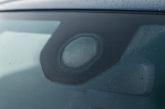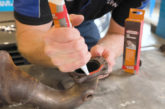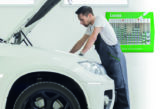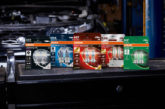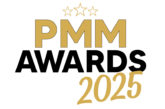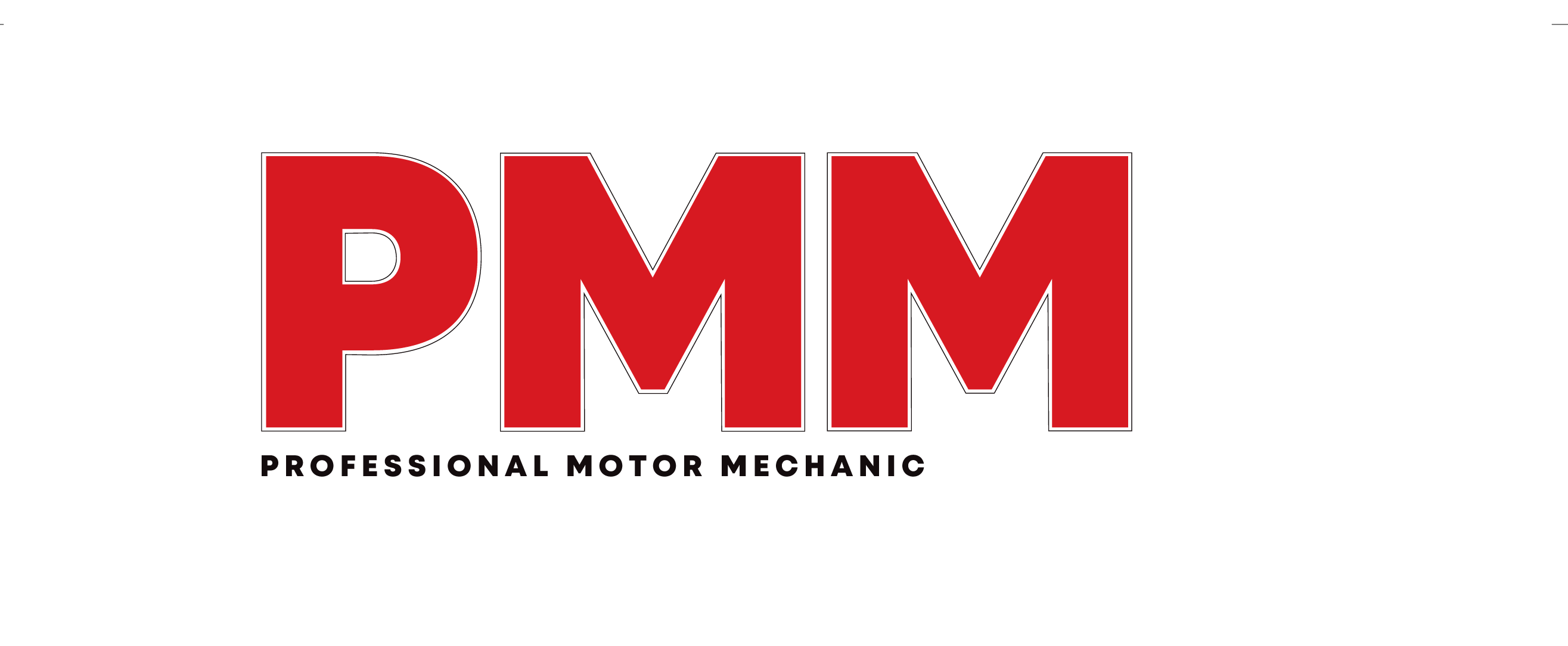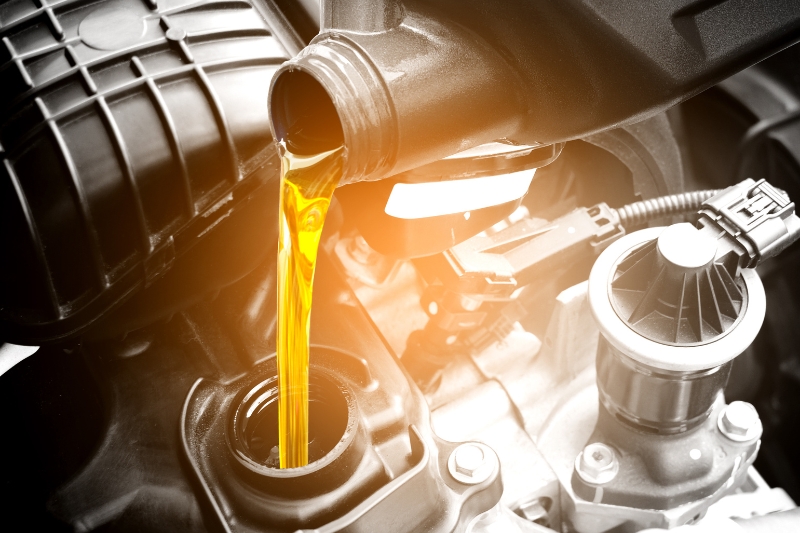
Alan Outhwaite, chairman of the Verification of Lubricant Specifications Technical Review Panel, gives readers of PMM some details about the recent spike in lubricant investigations and the work the organisation does to uphold standards in the lubricants industry.
When VLS was first formed in 2013, there was a clear lack of understanding in some areas of the marketplace. Twelve years later, we are confident that the message around compliance is being heard. However, the significant rise in cases over the past 12 to 18 months and the complexity of those cases demonstrates that there is still work to do to uphold standards and protect end users of lubricants.
Twelve months ago, the figure stood at ninety. In just one year, VLS has seen a rise in case investigations of 34 per cent. In the past two years, VLS has opened 39 investigations, more than in the preceding six-year period.
Passenger vehicles remain most common. This indicates not only the size of the passenger vehicle market in comparison to other sectors but also the level of complexity required to serve this consumer-orientated market. However, we have seen a significant rise in the percentage of commercial vehicle engine oil cases and automotive hydraulic fluid cases over the last twelve months.
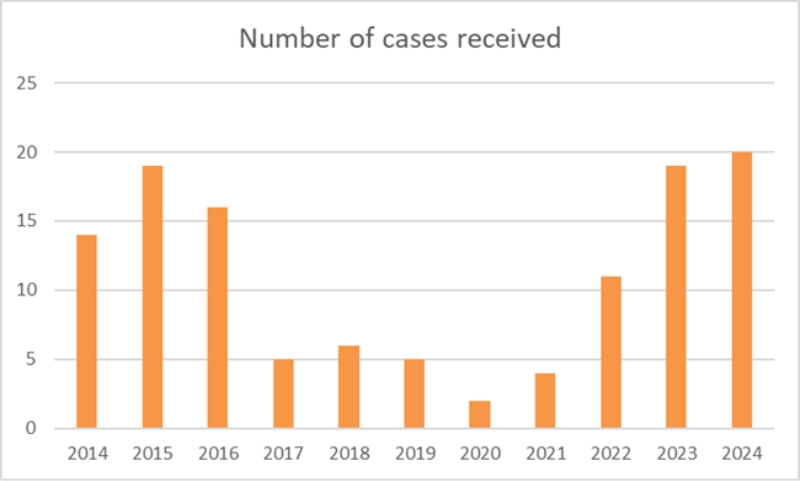
Most frequent complaints
Non-compliance with stated specifications remains the most frequent cause of complaint. However, conflicting or unevidenced OEM approvals, noncompliance with industry standards and low temperature properties have all increased their share of overall complaints. In 2024, half of the cases opened related to conflicting or unevidenced OEM approvals.
Whether it be compliance with the ACEA’s European engine oil sequences, other market standards or conflicting or unevidenced OEM approvals, it is vital that mechanics and any other end users can be confident that a product can deliver what it claims and is suitable for use in the given application. Lubricant marketers should regularly audit products, technical data sheets, and claims to ensure that products are in continued compliance.
For example, VW 504.00/507.00 has kept the same specification reference, but some tests behind it have been updated, and the severity has changed. Lubricant manufacturers cannot assume that because a product meets a specification at a given time, it will continue to do so during the lifetime of the specification. Requirements change, and only regular auditing and testing through comprehensive quality management processes can ensure that products remain compliant, and end users are given the correct information to make their engine oil choice.
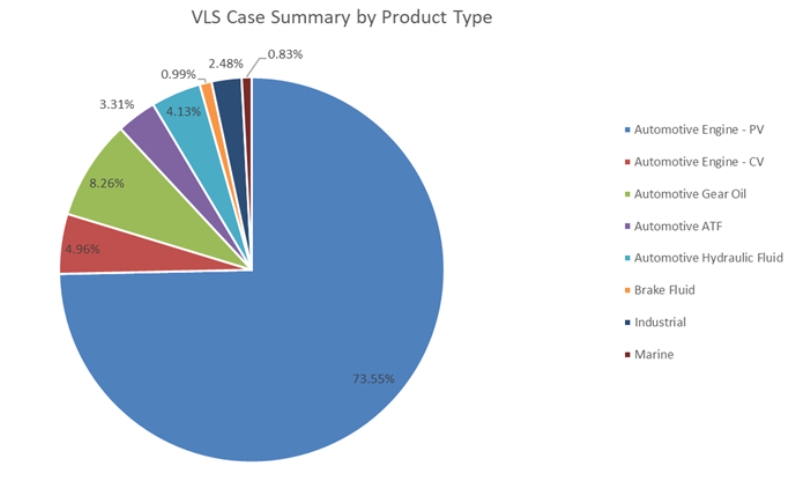
Escalating cases
However, several cases have also been referred to Trading Standards due to noncompliance. VLS issued a safety warning and escalated case VLS 010200, a complaint regarding Mannol Brake Fluid DOT 4 3002, to Trading Standards earlier this year. Independent testing proved the product failed to meet specification limits stated in the US Federal Motor Vehicle Safety Standards (FMVSS) 116 DOT 4.
VLS escalated the case to its primary authority partner, Buckinghamshire and Surrey Trading Standards, as a consumer product safety issue to ensure sufficient action was taken to protect driver safety.
VLS 010195, a complaint regarding Silverhook 5W30 Supreme Plus, was escalated to Trading Standards SAIL-Europe under the EELQMS Lubricant Marketer Letter of Conformance after the company failed to bring the product into compliance.
The primary authority relationship with Buckinghamshire and Surrey Trading Standards, which VLS entered in 2020, has proved effective in concluding certain cases where escalation by exception has been required to prompt action.
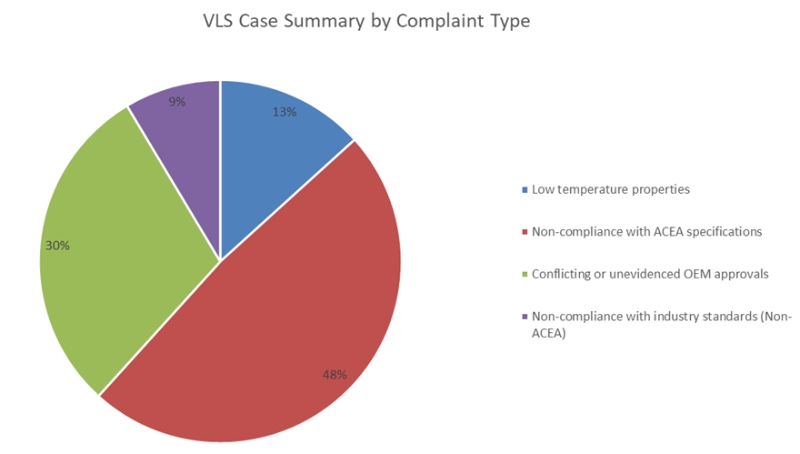
A decade of change
The lubricants industry has been through immense change since VLS was formed in 2013, and the pace of change shows no sign of abating.
Electric vehicles now have a much larger share of the vehicle parc, even if sales have stalled recently. Hybrid vehicles place immense stress on lubricants, with longer warm-up times and engines starting at high speeds and high revs once battery power has been exhausted. Lower viscosity fluids have continued to become more commonplace, but the vehicle parc is ageing. The latest SAE 0W-8 oil could cause damage in an older vehicle, which requires an SAE 5W-40, starving the engine of the protective lubricant film it needs and leading to increased wear.
Additives play a vital part in lubricant performance, delivering a variety of characteristics to combat wear and corrosion, disperse soot and prevent the build-up of deposits whilst ensuring compatibility with emission control devices. Along with the proliferation of lubricant products in general, VLS is concerned about the integrity of products from new companies entering the additives market. Whilst the additives may be cheaper, they may also not be fully tested or approved as published industry and OEM specifications require. This market development is one VLS is monitoring closely, as additives are a critical aspect of all lubricant formulations.
For mechanics selecting oils for the vehicles in their workshops, online lubricant databases operated by most lubricant companies provide a recommendation as a starting point for the correct oil based on a vehicle’s registration. Technicians should verify this recommendation by direct reference to the vehicle manual and the actual product claims in marketing literature, technical data sheets and product labelling provided by their supplier. Looking beyond the viscosity to specific performance claims such as the ACEA sequences and OEM standards should ensure that the lubricant is fit for purpose in that specific vehicle.

